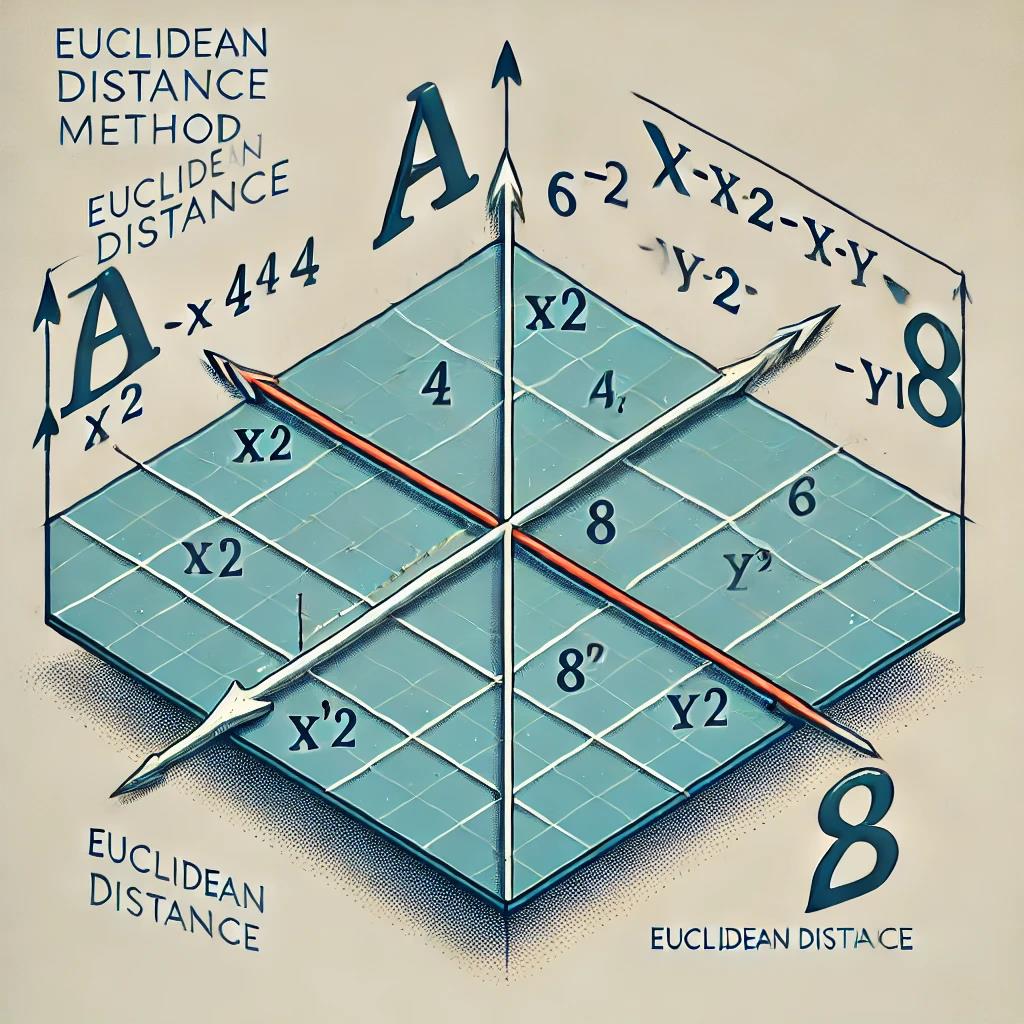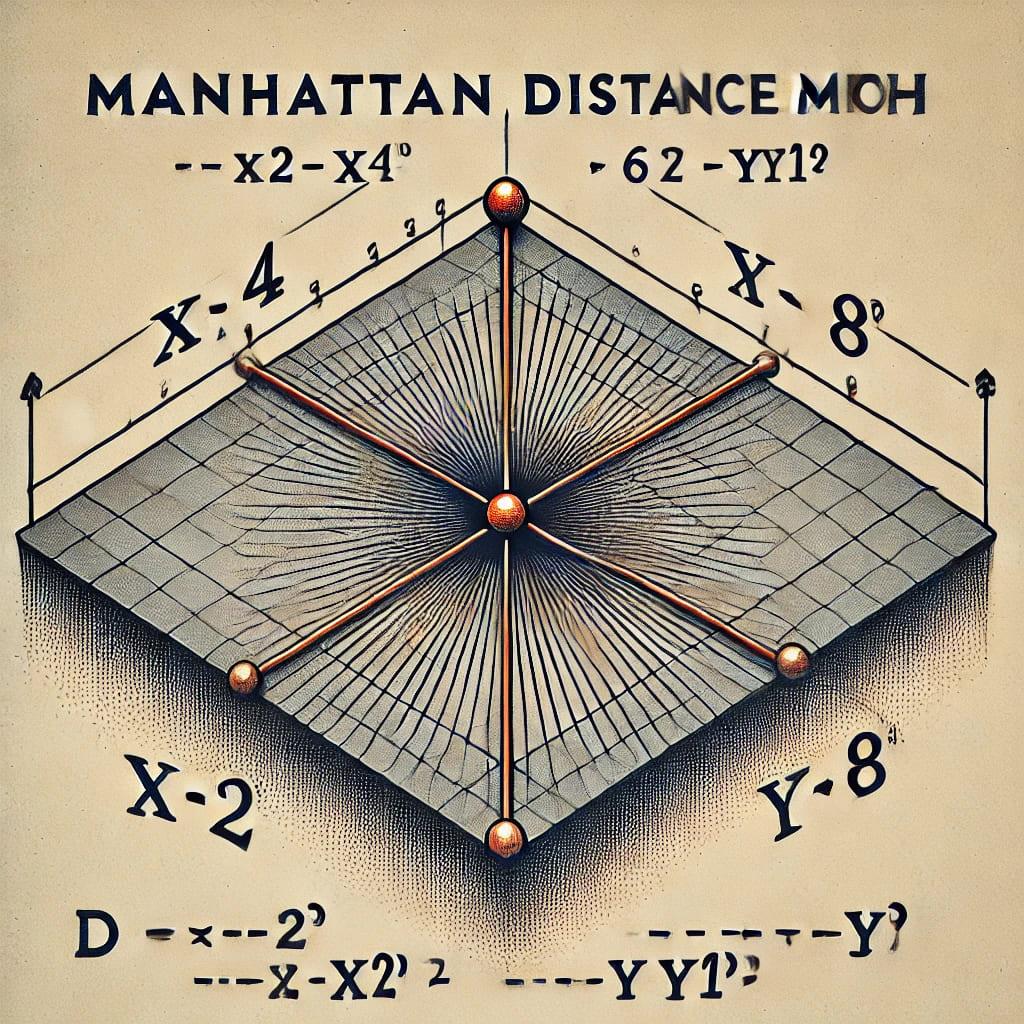Understanding Distance in Maths: Methods, Formulas, and Examples
How to Calculate the Distance Between Two Points?
In maths lessons, you explore the concept of the distance between two points, which measures how far apart they are in space. This fundamental idea forms the basis for various applications in physics, geometry, engineering, and navigation. Understanding how to calculate distances helps solve real-world problems, from determining the shortest path between two locations on a map to designing efficient routes in logistics.
Euclidean Distance Formula
The most used formula for calculating the distance between two points is the Euclidean distance formula. Based on Pythagoras’ Theorem, this method applies to points on a Euclidean plane. The formula is:
d = √((x₂ - x₁)² + (y₂ - y₁)²)
Here, d represents the distance between the two points (x1,y1)(x₁, y₁)(x1,y1) and (x2,y2)(x₂, y₂)(x2,y2).

Example for Euclidean Distance Formula:
Consider two points A(1, 4) and B(6, 8). Using the Euclidean distance formula:
d = √((6 - 1)² + (8 - 4)²) = √(5² + 4²) = √(25 + 16) = √41 ≈ 6.4
Thus, the distance between A and B is approximately 6.4 units.
Manhattan Distance Formula
Another way to measure the distance between two points is the Manhattan distance formula. This method calculates the distance as the sum of the absolute differences between the coordinates. The formula is:
d = |x₂ - x₁| + |y₂ - y₁|

Example for Manhattan Distance Formula:
Using the same points, A(1, 4) and B(6, 8), the Manhattan distance is calculated as:
d = |6 - 1| + |8 - 4| = 5 + 4 = 9
Therefore, the distance between A and B is 9 units.
Other Methods for Measuring Distance
Beyond these two approaches, there are additional methods, such as the Chebyshev distance and Minkowski distance. The most suitable formula depends on the specific problem and the characteristics of the space in which the points are located.
Why You Need a Private Maths Tutor
Understanding concepts like calculating the distance between two points can be challenging. A private maths tutor can help in the following ways:
- Maths tutors break down challenging topics like the Euclidean and Manhattan formulas into manageable steps.
- Private maths tutors can help you learn how these formulas apply in areas like navigation, physics, and engineering.
- Private maths tutors tailor sessions to focus on areas where you need the most support.
- Private tutors use real-life examples to make complex concepts more understandable.
- With a tutor’s guidance, you’ll build confidence in solving similar problems independently.
- You can get ready for exams with focused private lessons on key topics and problem-solving techniques.
- A private maths tutor can help you enhance your general maths skills and problem-solving abilities.
The Importance of Understanding Distance
To summarise, the distance between two points is a fundamental concept in mathematics with many practical applications. The Euclidean and Manhattan distance formulas are two of the most commonly used methods for measuring distance in a Euclidean plane. However, other formulas may be more effective depending on the problem.


